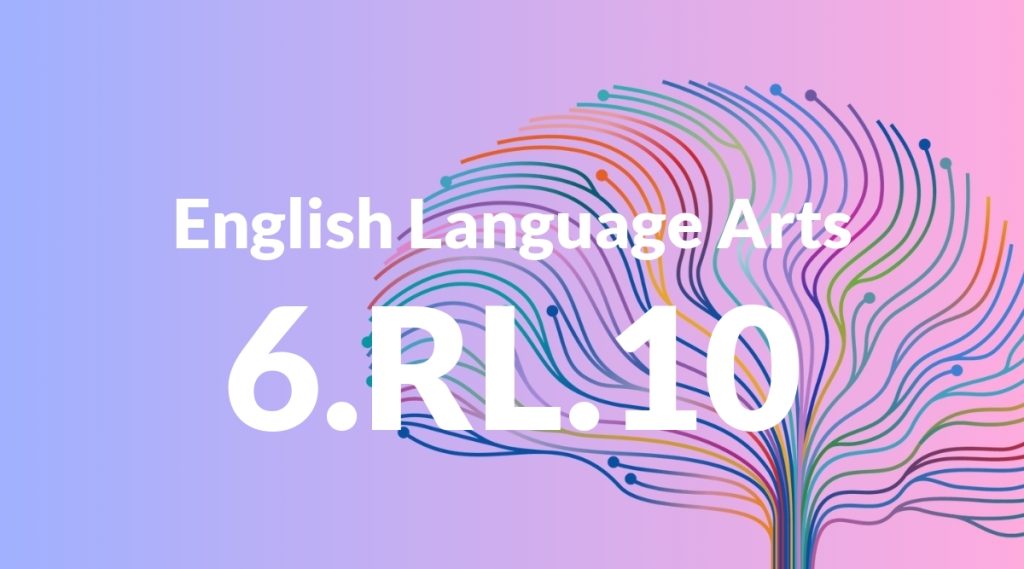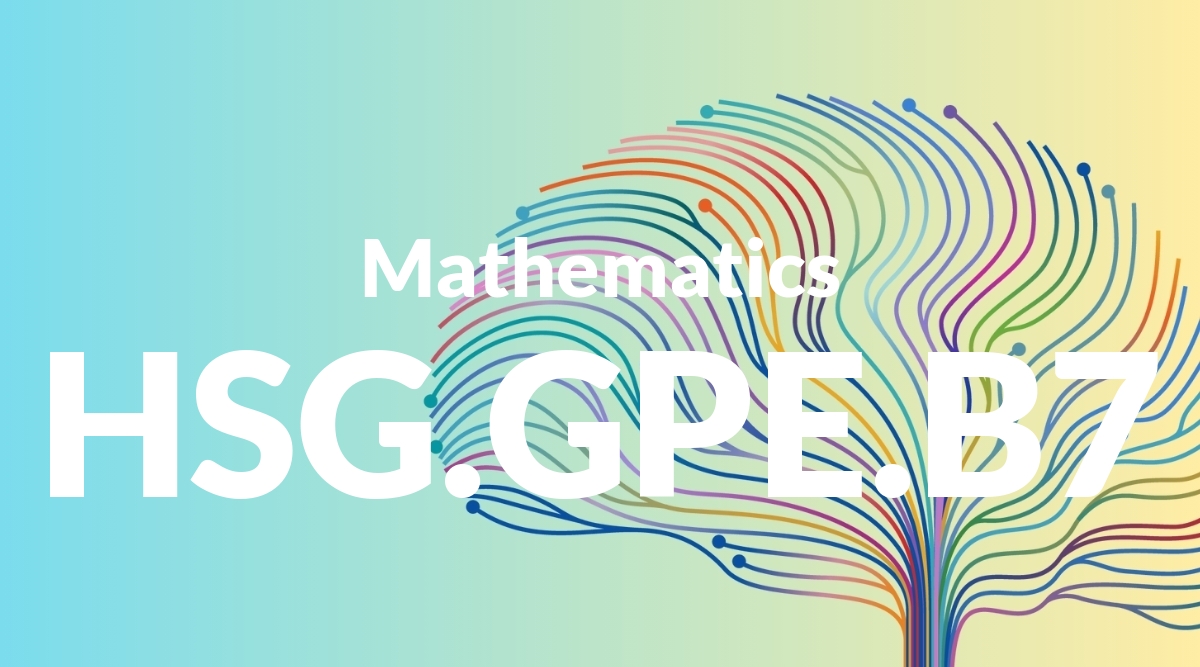Standard: 6.RL.10 – By the end of the year, read and comprehend literature, including stories, dramas, and poems, in the grades 6-8 text complexity band proficiently, with scaffolding as needed at the high end of the range.
Grade level: Grade 6
Subject: English Language Arts
Domain: Reading: Literature
Teacher Overview
This standard emphasizes the importance of reading and comprehending a variety of literary genres, including stories, dramas, and poems. It prepares students to tackle more complex texts and fosters a deeper appreciation for literature. Students should be able to identify basic narrative elements and have experience reading grade-level texts.
By mastering this standard, students will be prepared to analyze more complex texts in higher grades and will develop a deeper understanding of literature.
Common Misconception 1
One common misconception is that students need to understand every single word in a text to comprehend it. This is incorrect because comprehension involves understanding the overall meaning and using context clues to infer the meanings of unfamiliar words.
Intervention 1
An effective intervention is to teach students how to use context clues and to encourage them to focus on the overall meaning of the text rather than getting stuck on individual words.
Common Misconception 2
Another misconception is that literature is only about identifying plot elements and characters. This view is limited and overlooks the importance of themes, messages, and the author’s purpose.
Intervention 2
To address this, teachers can use guided discussions and analytical questions that prompt students to think about the deeper meanings and themes in the texts they read.
Prerequisite Knowledge
Students should have a basic understanding of narrative structure, character development, and common literary devices. They should also be able to read and comprehend texts at a 5th-grade level.
Subsequent Knowledge
After mastering this standard, students will be able to analyze more complex texts in grades 7-8, including identifying and interpreting themes, symbols, and motifs. They will also be better prepared for high school literature courses.
Instructional Activities
- Group discussions on themes and characters in a novel
- Writing essays on the author’s purpose and message in a poem
- Creating visual story maps for dramas
- Participating in literature circles to discuss and analyze texts
- Conducting dramatic readings and performances of plays




